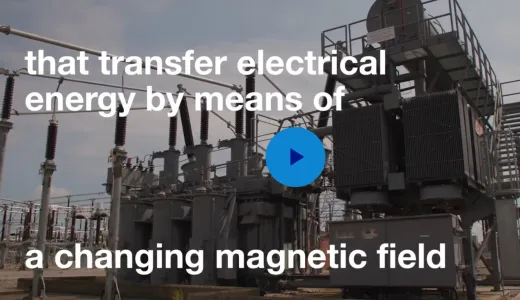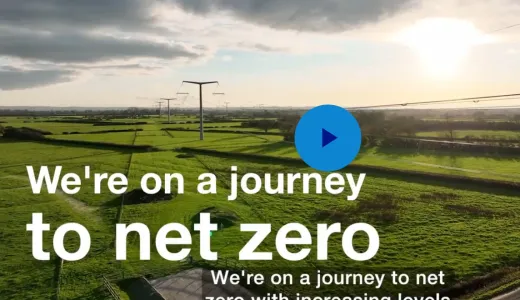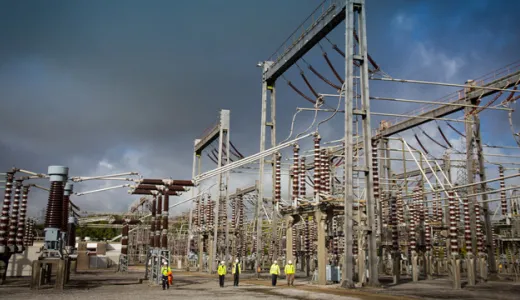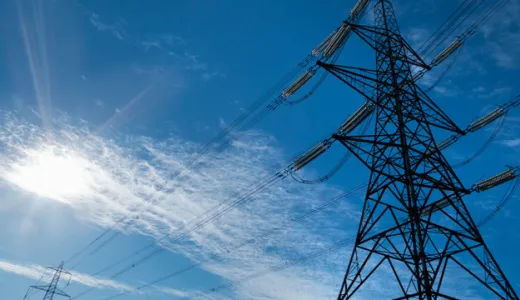We own and maintain the transmission network in England and Wales – the electrical motorway that transports power around the country. This ingenious network of specialist equipment is made up of 7,000km of overhead line, 300 substations and 22,000 pylons, which comprise the physical infrastructure of the electricity system.
What are they?
Overhead lines are the electrical cables that transmit electricity all over the country through the electricity grid.
These lines are supported by pylons – also known as electricity transmission towers – which are the structural supports that have carried the UK’s network of high-voltage overhead power lines for nearly 100 years.
Substations convert electricity to different voltages, ramping it up so that it can be transmitted safely and efficiently across our transmission network, and stepping it down again before it is distributed into homes, businesses, and buildings.
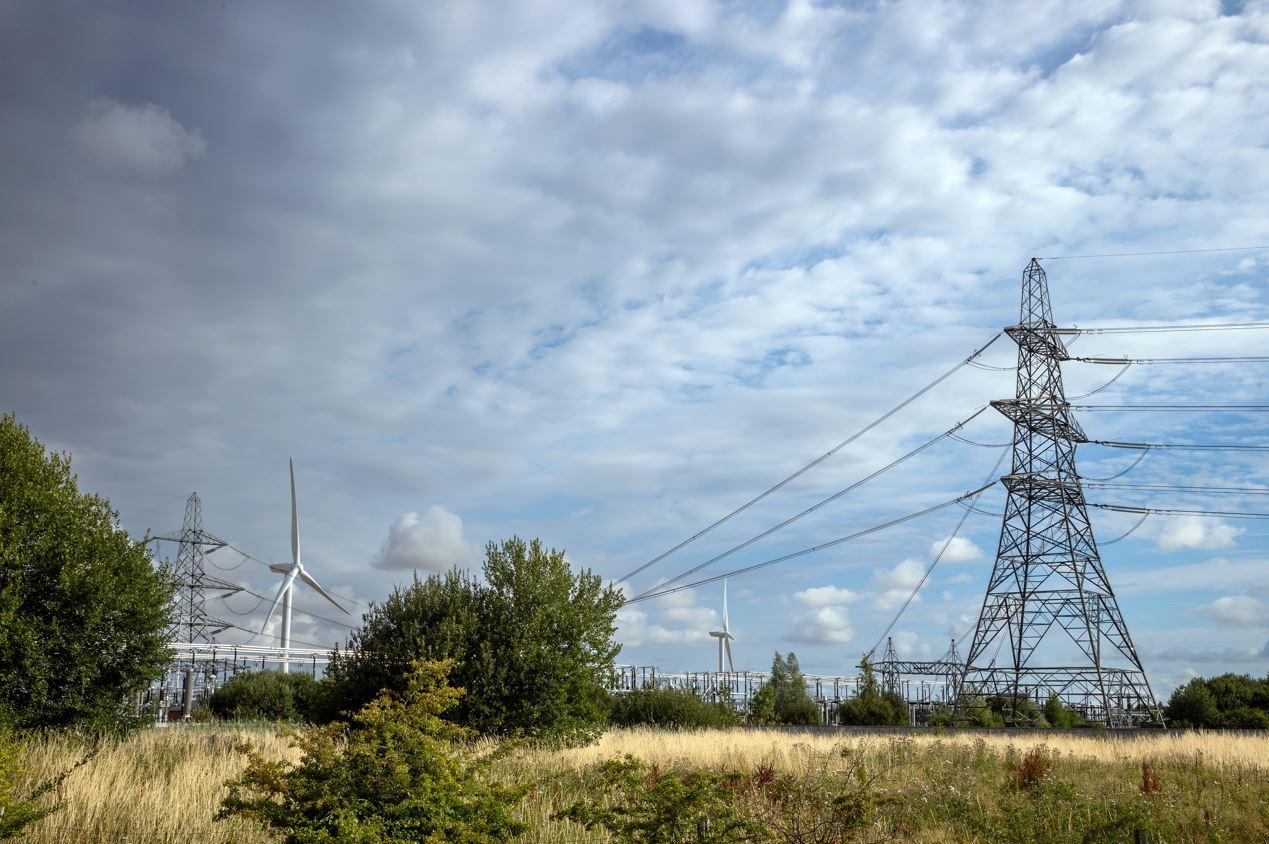
How do they work?
Electricity is transmitted from power stations at a low voltage (around 10-30 kilovolts). In order to ensure efficiency and to prevent energy loss as the power travels around the country, the electricity enters a transmission substation, where it passes through a ‘step-up’ transformer that ramps up the voltage – up to 400,000 volts.
The electricity is then fed across the country via pylons and overhead lines, known as the transmission network.
There are different sizes of pylons in England and Wales – which carry different types of power lines and are owned by different organisations.
We own the larger pylons, which carry the high voltage 400kV and 275kV power lines, that comprise the transmission network. They transmit electricity from where it is generated (such as wind farms or power stations) across the country, to regional substations.
At the regional substations, the power is fed through a ‘step-down’ transformer, converting it into a lower voltage. The electricity can then be carried via lower-voltage power lines and smaller pylons – known as the ‘distribution network’ directly into our homes and businesses. These local distribution networks are owned by District Network Operators (referred to as DNOs).
National Grid’s UK pylons are a minimum height of 118ft (36m), while the tallest are 623ft tall (190m), crossing the River Thames between Essex and Kent.
What are T-pylons?
For the first time in over 100 years, UK electricity pylons have a brand new design in the shape of a T-pylon.
Shorter and sleeker than their original steel-lattice counterparts, the design was chosen from 250 entries in an international competition ran by National Grid, the UK government and the Royal Institute of British Architects in 2011.
T-pylons are around 50 ft shorter than traditional pylons but can still transmit 400,000 volts. Their operational life is around 70-80 years.
The world’s first operational T-pylon construction project, the Hinkley Connection Project, is due to be completed in 2026. The project will see 116 T-pylons installed along National Grid’s 57km Hinkley Connection route, connecting low-carbon energy to six million UK homes and businesses.
